What is the functionality of anti-puncture work shoes?
As a critical component of personal protective equipment, anti-puncture safety footwear is widely used in a variety of industries, including manufacturing facilities, plant environments and construction sites. What exactly defines the functionality of these anti-puncture safety shoes?
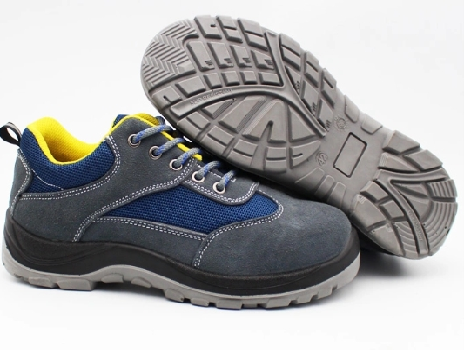
The Functionality of Anti-Puncture Work Shoes
While conventional safety shoes offer a certain level of puncture resistance, the capabilities of anti-puncture safety shoes are far superior. Rigorous product testing requires the use of nails with a hardness of more than 60HRC to conduct penetration tests. Each shoe is tested at four different penetration points. Only footwear that passes these rigorous tests is deemed ready for the market. As a result, the anti-puncture feature of these shoes is a hallmark of their robust protective design.
In specialized environments, anti-puncture footwear serves a critical purpose. Consider those working in waste management facilities, where the ubiquitous presence of sharp metal or glass fragments in the garbage is a constant hazard. If left unchecked, these hazards can easily puncture traditional footwear, resulting in potentially serious injuries such as tetanus. Puncture resistant safety footwear provides reliable protection against such occupational hazards.
In addition, industries that manufacture nails and sharp tools require the use of anti-puncture safety footwear. Workers interact with sharp tools on a daily basis, significantly increasing the likelihood of unintentional foot injuries. Wearing footwear with protective features becomes essential in such work environments to ensure occupational safety.
Puncture resistant safety footwear is carefully designed to address specific occupational hazards. While they may not be commonplace in everyday life, their indispensability in certain work environments cannot be overstated.
Specifications for use of Safety Footwear:
1. Oil resistant safety footwear is designed for environments with oily surfaces or the risk of oil splashes. Waterproof footwear is designed for environments with wet surfaces or the potential for water splashes. Cold resistant safety footwear provides insulation for workers working in low temperature conditions.
2. Anti-puncture safety footwear is specially designed to protect the soles of the feet from penetration by various sharp and rigid objects.
3. Anti-impact protection is a primary function aimed at preventing foot injuries caused by falling objects. Safety footwear has impact resistant toe caps to reduce such risks.
4. Steel mill safety footwear is designed to withstand high temperatures and resist punctures, providing protection against burns and other thermal hazards common in smelting and furnace operations.
5. In addition, specialized safety shoe covers such as canvas, asbestos and aluminum foil variants serve different purposes within specific industrial contexts.
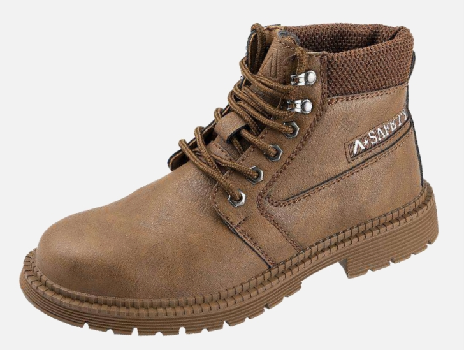
For further insights into safety footwear, we invite you to stay informed about developments at Qingdao Xinjiaxu Protective Equipment Co., Ltd
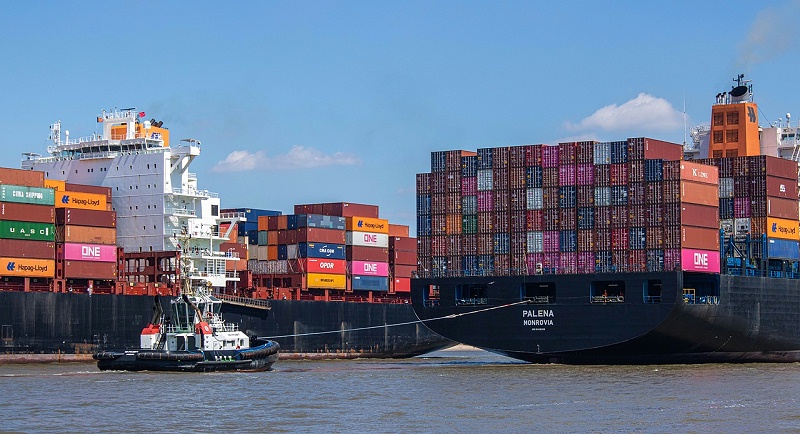 Insider Insights: Do You Truly Understand the Safety Footwear for Logistics Professionals?
Insider Insights: Do You Truly Understand the Safety Footwear for Logistics Professionals?
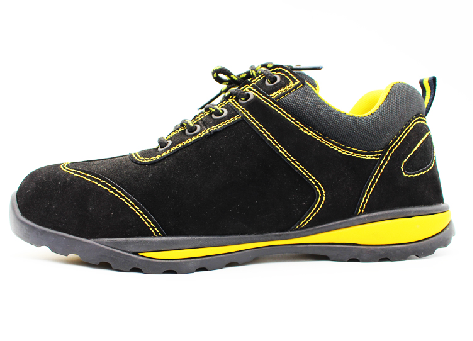 A Quick Guide to Choosing the Right Safety Toe—Avoid Common Pitfalls
A Quick Guide to Choosing the Right Safety Toe—Avoid Common Pitfalls
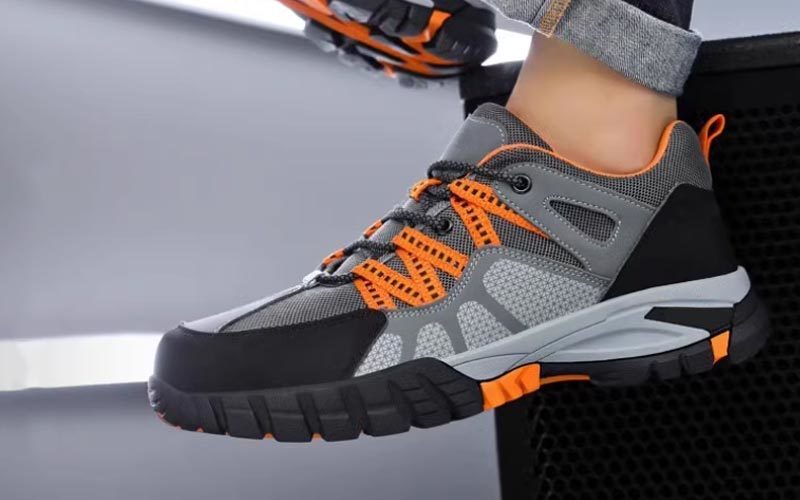 Hear It from the Manufacturer: Do You Truly Grasp the Importance of Safety Shoes for Logistics Profe
Hear It from the Manufacturer: Do You Truly Grasp the Importance of Safety Shoes for Logistics Profe
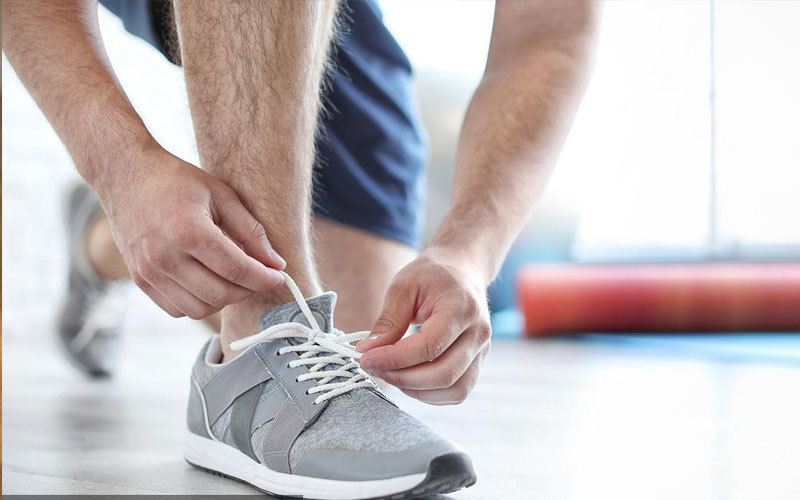 Are Safety Shoes Really Heavy? Let’s Find Out!
Are Safety Shoes Really Heavy? Let’s Find Out!
